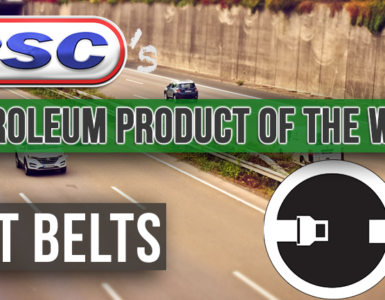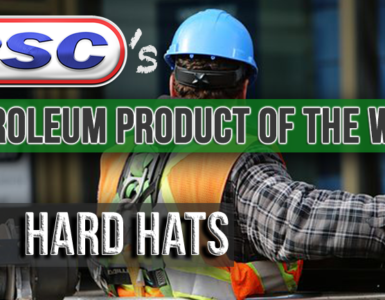In 1914, Cleveland installed the nation’s first electric traffic signal on the corner of 105th and Euclid Avenue. Lester Wire designed the light and it only had red and green lights. Although the yellow light was not yet introduced, the signal made a buzzer sound to indicate the color would change fairly soon.
The invention helped reduce the chaos created by driving. Automobiles appeared more as horse-drawn carriages appeared less. Throw pedestrians, bicycles, and streetcars into the mix and it’s easy to reach a chaotic commute.
In 1920, a policeman named William Potts in Detroit invented the first four-way and three-colored traffic light.
A significant difference in Potts’ and Wire’s design is the addition of the yellow light. Drivers had a new way of knowing the signal was about to change and to slow down, resulting in its installation on the roads of several major cities.
Over time, computerized traffic lights further improved function and it helped to predict city traffic. Countdown timers were added. Future endeavors include connecting cars to the traffic signals so drivers could see how much time they have left before a light changes, and potentially speed up to make the light.
Modern Traffic Signal Systems

The traffic lights we see daily are made of three components: supporting structure, signal stack, and the electric controller.
The supporting pole and arm are usually made of metal and, while it may seem surprising, petroleum plays a role in keeping drivers unharmed. Several internal parts of the traffic signals are made of plastic and rubber.
The signal light housing system is made of corrosion resistant aluminum or molded polypropylene plastic. It’s surrounded by doors with hinge pins and spring latches which are assembled to form each specific stack.
The light’s lens is also made of tinted plastic, and only occasionally made of glass. Molded plastic forms the hood or visor of the light allowing the appropriate color to be directed forward so drivers can see it.
A manufacturer’s plant produces traffic lights, and it is installed and wired at the intersection.
Electric Wiring the Signal Stack

Perhaps the most important part of the traffic light, the electrical system, relies heavily on petroleum-based products.
The system is made up of switches, relays, and timers. Copper connects each component and is surrounded by neoprene rubber. This rubber is a type of synthetic rubber made by polymerizing chloroprene. The chemical process takes place at a molecular level and is initiated using potassium persulfate. Individual polymer strands are cross-linked with other elements.
The material works well to protect wiring in traffic signals because it maintains flexibility over a wide range of temperatures. The rubber is also used in electrical insulation, orthopedic braces, and car fan belts.
Scientists engineered a foamed neoprene substance containing gas cells. This is utilized as insulation material, mostly in wet suits. Shock-protection devices rely on neoprene as well.
Sources:
https://www.scienceabc.com/innovation/ready-steady-go-the-evolution-of-traffic-lights.html
http://www.madehow.com/Volume-2/Traffic-Signal.html
http://www.madehow.com/knowledge/Neoprene.html







